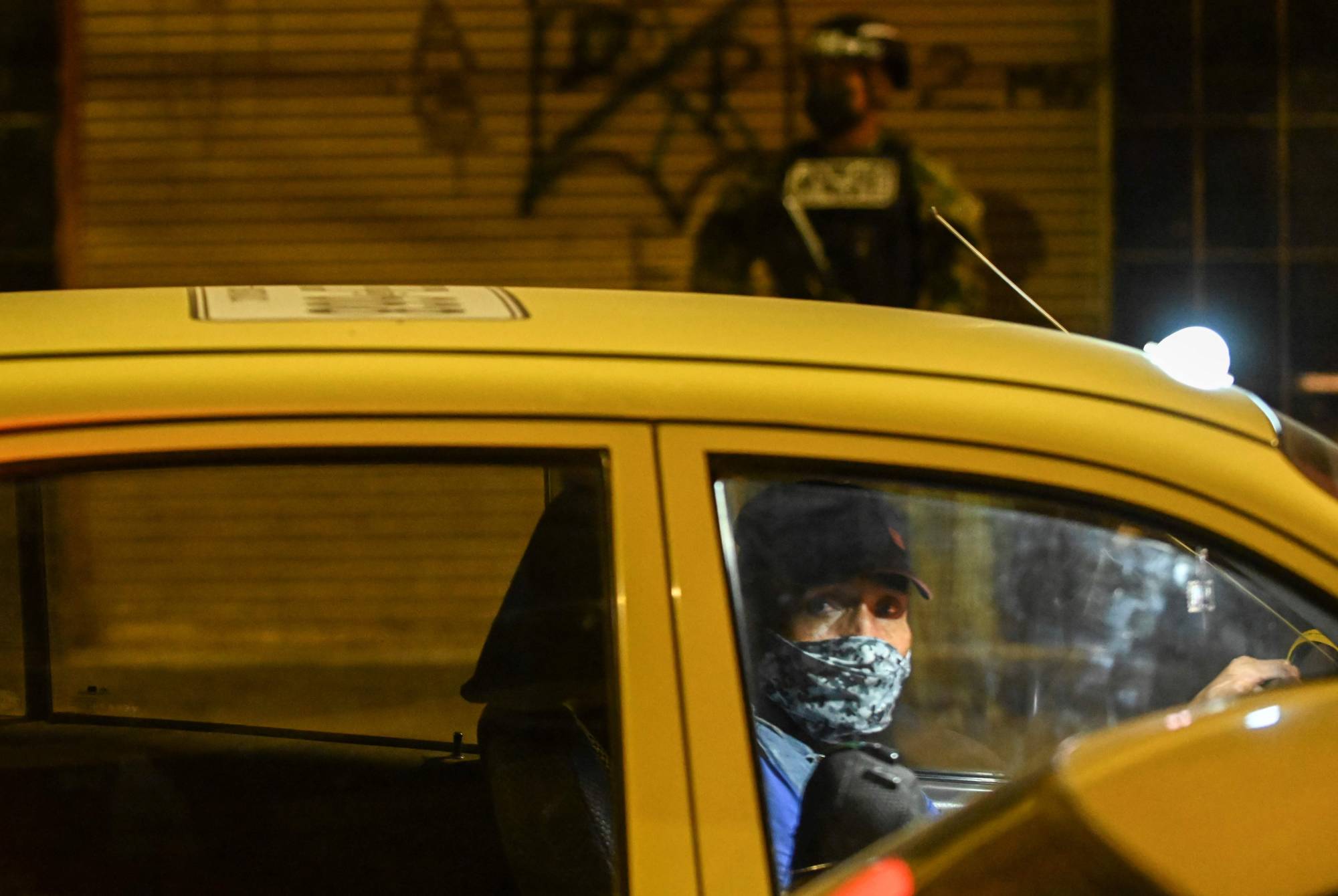Over the past year, as health authorities have tried to curb the COVID-19 pandemic, researchers have trained their scientific attention on a variety of potentially risky environments: places where large groups of people gather and the novel coronavirus has ample opportunity to spread. They have swabbed surfaces on cruise ships, tracked case numbers in gyms, sampled ventilation units in hospitals, mapped seating arrangements in restaurants and modeled boarding procedures in airplanes.
They have paid less attention to another everyday environment: the car. A typical car, of course, does not carry nearly enough people to host a traditional superspreader event. But cars come with risks of their own; they are small, tightly sealed spaces that make social distancing impossible and trap the tiny, airborne particles, or aerosols, that can transmit the coronavirus.
"Even if you’re wearing a face covering, you still get tiny aerosols that are released every time you breathe,” said Varghese Mathai, a physicist at the University of Massachusetts, Amherst. "And if it’s a confined cabin, then you keep releasing these tiny particles, and they naturally would build up over time.”

















With your current subscription plan you can comment on stories. However, before writing your first comment, please create a display name in the Profile section of your subscriber account page.